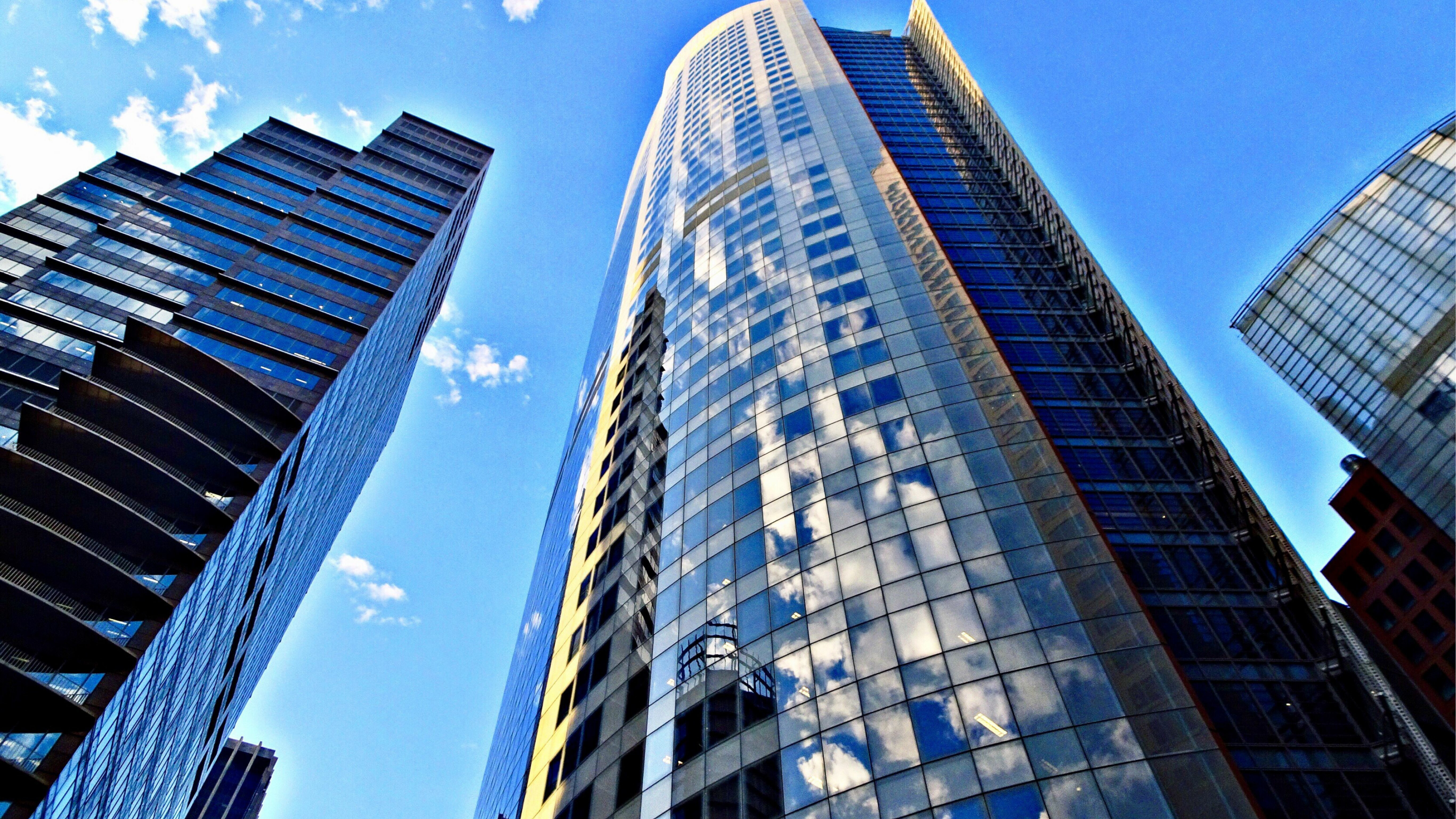17 Nov 2021 | Industry Insights
How Twinview can help tackle the climate crisis

COP26 has provided a stark reminder that climate change is well and truly a risk to humanity. Human influence has been a key driver behind the widespread and rapid changes in warming the atmosphere, ocean and land.
The scale of recent changes across the climate system as a whole is unprecedented over many centuries and thousands of years. Every region across the globe has been affected as evidence of observed changes in extreme weather such as heatwaves, heavy precipitation, droughts and cyclones have come to the fore.
A recent IPCC report found that global surface temperature will continue to rise until at least the mid-century. Global warming of 1.5°C and 2°C will be exceeded during the 21st century unless massive reductions in CO2 and other greenhouse gas emissions occur in the coming decades.
One of the biggest emitters of CO2 is the construction industry and we undoubtedly have one of the biggest roles to play in tackling the climate crisis. Buildings are responsible for 40% of CO2 emissions with 28% generated during operation. Governments worldwide have set ambitious targets to achieve Net Zero and the UK’s target is to achieve net-zero carbon by 2050 – in line with the Paris Agreement – with a 68% reduction target by the end of this decade.
In an effort to combat the effects of climate change within the property sector, many private businesses are looking towards product solutions to move them closer to Net Zero. Research carried out by GeSI suggests that the deployment of digital twins such as Twinview can contribute to a 20% reduction in global carbon dioxide emissions by 2030.
Why Twinview?
Over the past five years, Twinview has developed a digital twin platform specifically for the property sector to better assist building owners and operators to understand their estate. Buildings have always produced huge amounts of data, however, until the rise of digital twins within real estate there has been no way of accessing this information. Twinview unlocks access to your building’s data through the use of IoT and sensors with data streams available on a single easy-to-use dashboard, empowering building owners to make more informed decisions around energy consumption.
Twinview uses sophisticated artificial intelligence and machine learning to identify trends and patterns around energy use within a building. The more we understand where energy is being consumed, the better we can develop approaches to reduce carbon and move closer to Net Zero.
It is no longer enough to just replace a building’s bulbs with LED lighting or to ensure that heating functions operate via a timing system. By truly monitoring a building’s systems such as lighting, heating and cooling, Twinview ensures that it can achieve the optimal performance resulting in a reduced carbon footprint as well as reducing operational costs, improving efficiency and improving the occupier experience.
The power of customisable dashboards
Twinview's dashboards offer users the ability to federate and report on data across multiple projects at an organisation level as well as being able to create dashboards that are custom to the user’s specific needs.
Modern buildings are smart and are constantly monitoring and collecting data, however, all of the different systems are silos that are kept separate. Dashboards can bring all of this data together onto a single platform allowing the user to visualise and analyse the data, identifying patterns to improve a building’s operation.
Dashboards give the user the opportunity to have a complete breakdown of how their building is consuming energy such as heating, cooling and lighting, furthermore, Twinview utilises machine learning which can also predict how much energy the building will consume going forward based on current usage levels and by identifying patterns. This is vital for building owners as they can gain an insight into estimated energy costs for a certain period of time and make decisions to move their business closer to Net Zero.
Twinview is a browser-based digital twin platform for the property sector connecting building systems’ data to a 3D model viewed on a single dashboard. Twinview becomes your first step to achieving Net Zero by providing continuous live data and an optimised building performance whilst reducing costs and improving the user experience. Book a demo today.
Related insights

Case Studies
Enhancing Healthcare Environments Through Intelligent Space Optimisation: Twinview at Eastbourne District General Hospital
East Sussex Healthcare NHS Trust is enhancing the way space is managed at Eastbourne District General Hospital with Twinview’s digital twin technology. By enabling real-time visibility of room occupancy and usage across clinical and office areas, Twinview provides a clear picture of how spaces perform throughout the day. Hospital teams can move from assumption-based planning to data-driven decision-making, improving scheduling, reducing downtime and making more flexible use of rooms. This smarter approach supports greater operational efficiency and helps ensure that every space is working to benefit both patients and staff.
Read more

Industry Insights
Data Centres: The Hidden Cost of the Cloud
As the cloud expands, so does its unseen demand for water. Data centres worldwide are consuming vast volumes to keep servers cool, creating growing environmental and reputational risks. This article explores how water is becoming the next frontier in data-centre sustainability, and how Twinview’s digital-twin technology is helping operators measure, manage and reduce their impact.
Read more

Industry Insights
Can Digital Twins Help Us Design Buildings That Bring People Together?
Loneliness is increasingly recognised as a public health issue, and the built environment has a role to play in addressing it. A well-designed building can meet every technical standard yet still leave people feeling isolated. Homes, workplaces, campuses and later-living communities often fall short not because they lack function, but because they lack connection. Architects and planners are beginning to ask a deeper question: how can buildings help people feel less alone? This isn’t about surveillance. It’s about feedback, helping designers and operators refine buildings after handover to better support wellbeing and social interaction. Technology won’t solve loneliness on its own, but used responsibly, digital twins like Twinview can guide the creation of buildings that feel more human.
Read more


